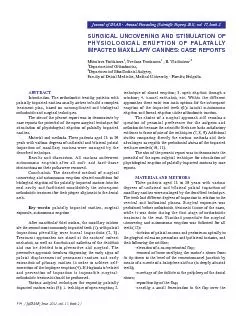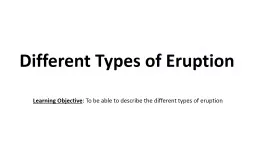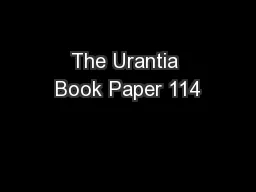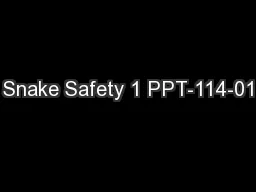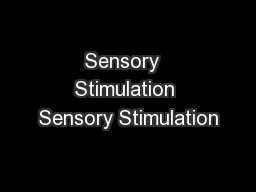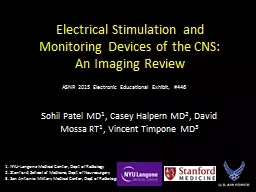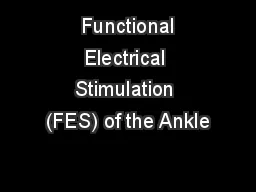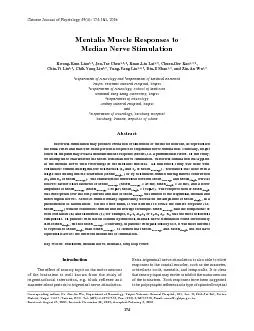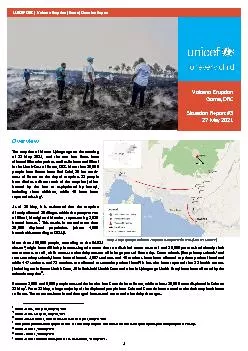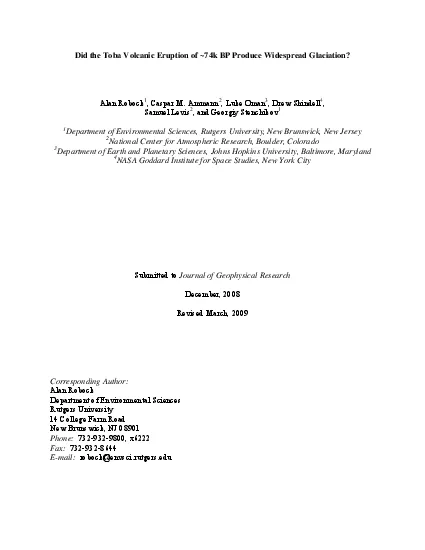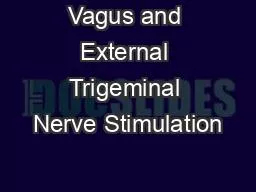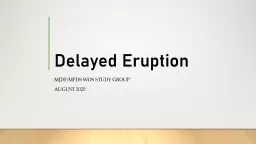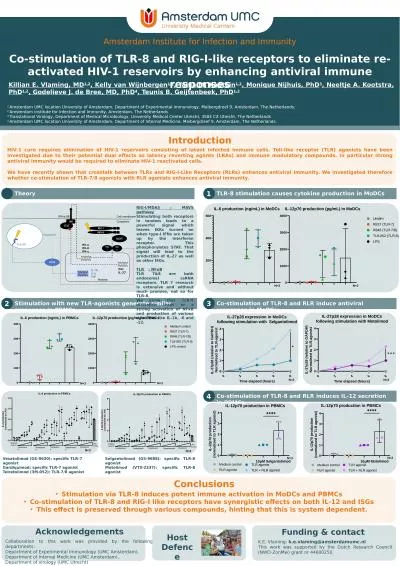PDF-114 SURGICAL UNCOVERING AND STIMULATION OFPHYSIOLOGICAL ERUPTION OF P
Author : marina-yarberry | Published Date : 2015-08-11
Journal of IMAB Annual Proceeding Scientific Papers vol 17 book 2Introduction The orthodontist treating patients withcase reports the potential of the open surgical
Presentation Embed Code
Download Presentation
Download Presentation The PPT/PDF document "114 SURGICAL UNCOVERING AND STIMULATION..." is the property of its rightful owner. Permission is granted to download and print the materials on this website for personal, non-commercial use only, and to display it on your personal computer provided you do not modify the materials and that you retain all copyright notices contained in the materials. By downloading content from our website, you accept the terms of this agreement.
114 SURGICAL UNCOVERING AND STIMULATION OFPHYSIOLOGICAL ERUPTION OF P: Transcript
Download Rules Of Document
"114 SURGICAL UNCOVERING AND STIMULATION OFPHYSIOLOGICAL ERUPTION OF P"The content belongs to its owner. You may download and print it for personal use, without modification, and keep all copyright notices. By downloading, you agree to these terms.
Related Documents

